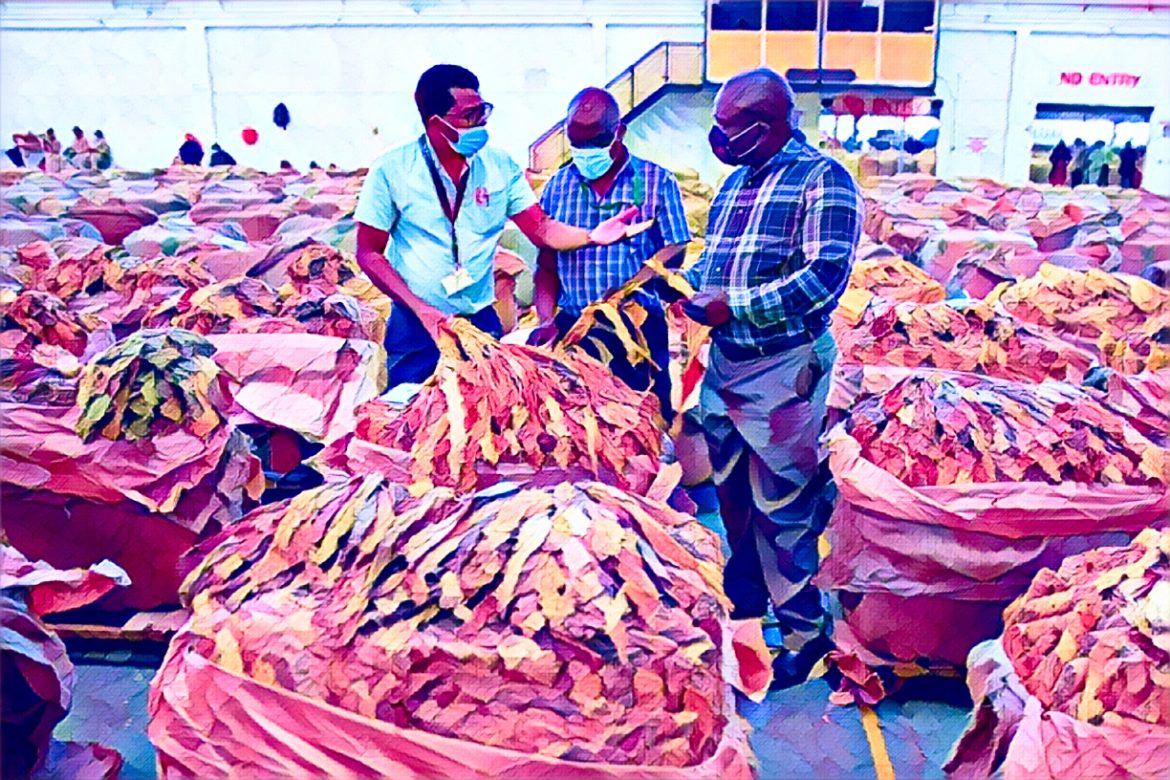KEY POINTS
- Zimbabwe’s tobacco exports generated about $1.2 billion in 2023, marking a substantial economic boost.
- China and other global markets highly value Zimbabwe’s premium Virginia tobacco.
- Environmental challenges like deforestation and soil erosion threaten sustainability.
Zimbabwe achieved record export quantities and income in 2023, making it one of the world’s leading tobacco exporters. As Africa’s biggest tobacco producer and a major actor on the international scene, tobacco accounts for a sizable portion of Zimbabwe’s GDP and foreign exchange revenues.
Environmental concerns, financial strains, and complicated regulations are some of the difficulties the company faces, though. A closer look at the factors influencing Zimbabwe’s tobacco business and its global impact is provided here.
Record exports and economic contributions
In 2023, Zimbabwe’s tobacco exports generated approximately $1.2 billion, up from $975 million in 2022, driven by high global demand and quality production.
The Tobacco Industry and Marketing Board (TIMB) reported that Zimbabwe exported 233.9 million kg of tobacco, primarily to the Far East, with China being the largest importer.
This increase in exports not only boosts Zimbabwe’s foreign reserves but also stabilizes the local currency, which faces inflationary pressures.
Tobacco export earnings are crucial, as they fund essential imports and help finance infrastructure projects, such as roads and agricultural irrigation, further supporting the nation’s economic resilience
Global market position and demand
Zimbabwe’s premium Virginia tobacco is in great demand around the world, particularly in the Asian and European cigarette making industries.
Due to its reputation for manufacturing high-quality tobacco, the nation has drawn customers from China, South Africa, and a number of European countries, maintaining demand worldwide.
In markets where cigarette consumption is stable, demand for Zimbabwean tobacco is strong despite global anti-smoking measures.
Zimbabwe has established its dominance in the global tobacco market by continuously delivering significant quantities, influencing supply chains and pricing dynamics in many geographical areas.
Environmental and social challenges
In Zimbabwe, tobacco cultivation has a major negative influence on the environment. Because growers destroy land and rely extensively on wood to dry tobacco leaves, deforestation is a major concern.
The sustainability of Zimbabwe’s tobacco industry is called into question by these methods, which also contribute to soil erosion, water pollution, and greenhouse gas emissions.
Furthermore, there are many labor problems in the sector, such as low pay and child labor, and seasonal workers frequently endure difficult working conditions and little financial stability.
With the goal of developing a $5 billion business by 2025, the government and industry stakeholders have launched the Tobacco Value Chain Transformation Plan (TVCT) to solve these problems.
In order to lessen reliance on tobacco alone, this strategy includes measures for sustainable farming methods, improved labor standards, and crop diversification for farmers.
By promoting alternative energy sources and local cigarette manufacturing, Zimbabwe hopes to enhance the industry’s environmental and economic sustainability
Future prospects and diversification
There are benefits and drawbacks to Zimbabwe’s economic reliance on tobacco. Even if tobacco is still profitable, long-term demand may be threatened by worldwide trends toward decreased smoking and more laws governing tobacco products.
Zimbabwe promotes crop diversification among tobacco farmers by highlighting substitutes like maize and soybeans in an effort to reduce these hazards.
The government aims to make the tobacco industry more resilient to shifting market demands and environmental constraints by bringing it into compliance with international Environmental, Social, and Governance (ESG) standards.


